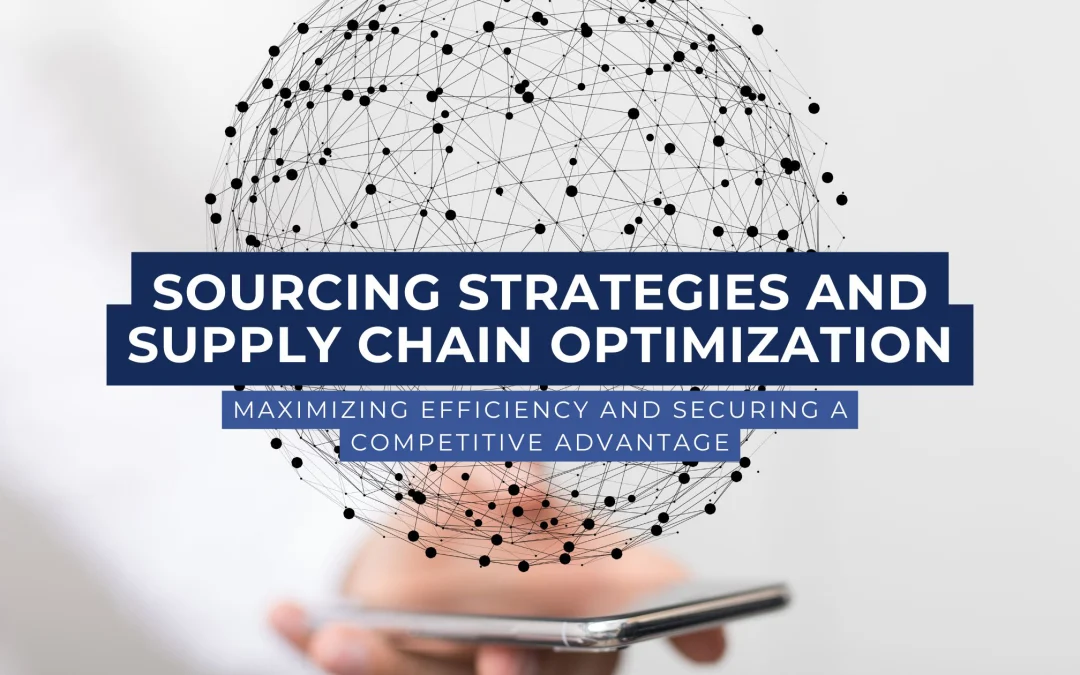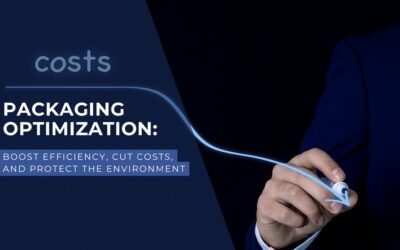The global interconnectedness of markets presents businesses with new challenges but also immense opportunities for optimization. Especially for medium-sized companies, a targeted sourcing strategy and an efficiently designed supply chain can not only save significant costs but also strengthen their competitiveness and tap into long-term market potential.
Sourcing: More Than Just Procurement
Sourcing involves far more than simply purchasing materials or services. It’s about finding the optimal balance between cost, quality, and availability – a true strategic discipline. Successful sourcing requires a detailed analysis of the supplier base, informed price negotiations, and a willingness to adopt innovative technologies to streamline the process. This allows companies to dynamically respond to market changes and make their supply chain more flexible.
Supply Chains: The Backbone of Business Strategy
A stable, resilient supply chain is the backbone of any business. With digitization and the use of modern technologies such as IoT (Internet of Things) and AI (Artificial Intelligence), companies have the opportunity to greatly improve transparency and efficiency in their supply chain. A connected supply chain can identify potential bottlenecks early, propose alternatives, and thus prevent disruptions before they occur.
Medium-sized companies should not only rely on proven strategies but also proactively seize the opportunities that digitization offers.
Tackling Global Challenges
The advantages of global sourcing are tempting: cost benefits through purchasing in low-wage countries, access to specialized producers, and the ability to open new markets. However, these opportunities come with risks. Currency fluctuations, political uncertainties, and quality control are just some of the challenges to be overcome. Effective risk management and careful supplier selection are therefore crucial for the success of a globally oriented sourcing strategy.
Tackling Global Challenges
The advantages of global sourcing are tempting: cost benefits through purchasing in low-wage countries, access to specialized producers, and the ability to open new markets. However, these opportunities come with risks. Currency fluctuations, political uncertainties, and quality control are just some of the challenges to be overcome. Effective risk management and careful supplier selection are therefore crucial for the success of a globally oriented sourcing strategy.
New Technologies Driving Supply Chain Optimization
Technological innovations are a key factor in monitoring supply chains in real-time and responding proactively to changes. Supply Chain Management (SCM) systems offer companies a comprehensive view of their supply chain and enable automated control of processes. Using AI and Big Data, precise forecasts can be made, allowing companies to detect and prevent disruptions early.
IoT connects physical objects in the supply chain to monitor their condition and location. Companies can thus track the path of a product from the manufacturer to the end customer and greatly improve the transparency of the supply chain.
Sustainability as a Competitive Factor
Today, the requirements for a modern supply chain go beyond mere efficiency improvements. Sustainability and social responsibility are central topics that customers and business partners are increasingly demanding. Companies that rely on sustainable materials and ensure fair working conditions along the supply chain benefit from a better image and increase their competitiveness in the long run. Environmentally friendly transportation routes and resource-saving production methods are not only ecologically sensible but also reduce costs by lowering energy consumption and minimizing waste.
Conclusion: Agility and Innovation as Keys to Success
A successful sourcing and supply chain strategy today must be flexible and innovation-driven. Medium-sized companies should harness the potential of new technologies while also relying on proven principles to remain competitive in a dynamic market environment. Those who strategically optimize their supply chain will minimize risks, increase efficiency, and secure long-term competitive advantages.
For companies that have not yet embarked on this optimization journey: every step toward a more flexible, sustainable, and efficient supply chain is a step toward business success.
Wieland TC: A Vision for Sustainable and Efficient Procurement
With nearly 30 years of experience in international trade and business consulting, Wieland Trade...
Cable Assemblies: Make or Buy? – Strategic Decisions for Efficiency and Growth
The question of whether to produce cable assemblies in-house or outsource them to an external...
Packaging Optimization: Boost Efficiency, Cut Costs, and Protect the Environment
In times of rising material and energy costs, packaging optimization is becoming increasingly...




